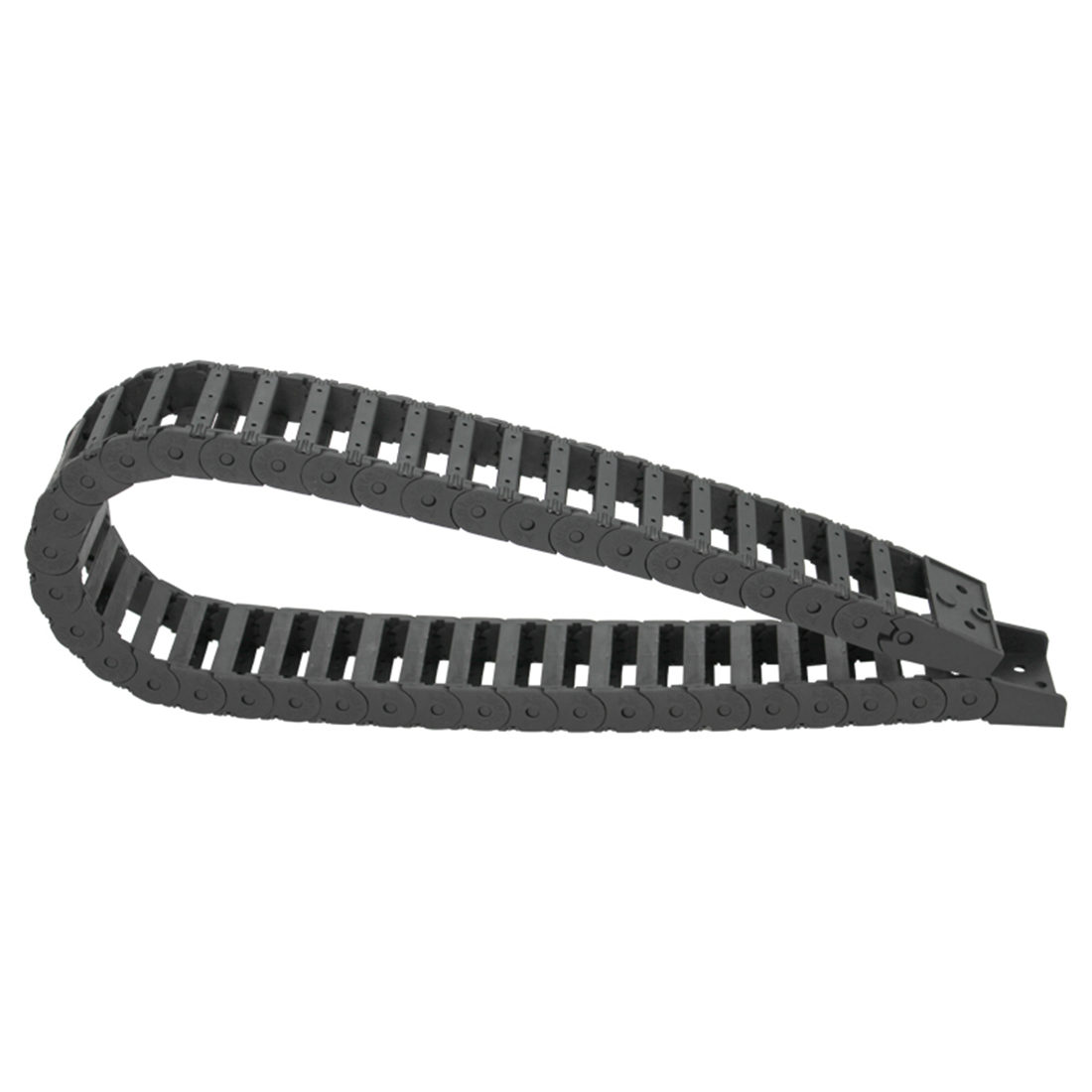Cable Management Solutions for Efficient Drag Chain Systems and Applications
Understanding Cable Drag Chains A Comprehensive Guide
In modern manufacturing and engineering environments, the management of cables and hoses is crucial for maintaining efficiency and safety. One of the most effective solutions to streamline this process is the use of cable drag chains. These innovative systems ensure that cables and hoses are organized, protected, and allowed to move freely as machinery operates.
What is a Cable Drag Chain?
A cable drag chain, also known as a cable carrier or energy chain, is a mechanism designed to hold and guide flexible cables, hoses, and pipes in a safe and controlled manner. Engineered to reduce wear and tear on these important components, drag chains facilitate smooth motion, thereby extending the lifespan of the cables and enhancing the overall performance of the machinery.
Applications of Cable Drag Chains
Cable drag chains find applications across various industries, including
- Manufacturing In automated assembly lines, they provide the necessary support for power, data, and pneumatic cables while ensuring that these connections remain secure and free from tangles. - Robotics As robotic arms operate with precision, drag chains are essential in managing the myriad of power and signal lines that would otherwise hinder movement. - CNC Machinery These tools require precise management of cables to maintain reliability. Drag chains keep hoses and cables close to the machinery body, allowing for better spatial management during operation. - Material Handling In conveyor systems, cable carriers provide an organized pathway for power and control cables, ensuring that operation flow is uninterrupted.
Benefits of Using Cable Drag Chains
1. Protection of Cables By encasing cables within a protective housing, drag chains effectively shield them from abrasions, chemical exposure, and entanglement, which can lead to costly repairs or replacements.
2. Improved Workflow With cables organized and guided by drag chains, downtime due to cable management issues is minimized. This leads to a more seamless operational flow.
cable drag chain catalogue

3. Enhanced Safety Well-organized cables reduce the likelihood of trip hazards, contributing to a safer working environment. Employees are less likely to encounter loose cables, which can lead to accidents.
4. Customizability Cable drag chains come in various sizes, designs, and materials to accommodate specific requirements. They can be tailored for different applications, ensuring compatibility with the machinery in use.
5. Easy Maintenance Many drag chains are designed for easy access, allowing for quick inspections and maintenance without the need to disassemble other components. This feature saves valuable time and keeps production running smoothly.
Choosing the Right Cable Drag Chain
When selecting a cable drag chain, several factors should be considered to ensure optimal performance
- Material Choose from materials such as nylon, plastic, or steel, depending on the environmental conditions, weight of the cables, and level of flexibility required. - Size Ensure that the drag chain can accommodate the size and number of cables or hoses while allowing for additional space for movement and thermal expansion.
- Bend Radius Different applications may require specific bend radii; thus, understanding the range of motion both horizontally and vertically is crucial for effective performance.
- Installation Ease Look for designs that allow for straightforward installation and future expansion if needed. Some chains come with pre-assembled configurations that can save time during setup.
Conclusion
Cable drag chains are indispensable in today’s automated and high-efficiency environments. By organizing and protecting cables, these systems not only enhance productivity but also contribute significantly to workplace safety. Understanding the production catalog and choosing the appropriate drag chain for specific applications can result in a smoother, more efficient workflow, ultimately leading to improved operational success. As industries continue to evolve, incorporating advanced solutions like cable drag chains will remain vital for staying competitive in the technological landscape.








